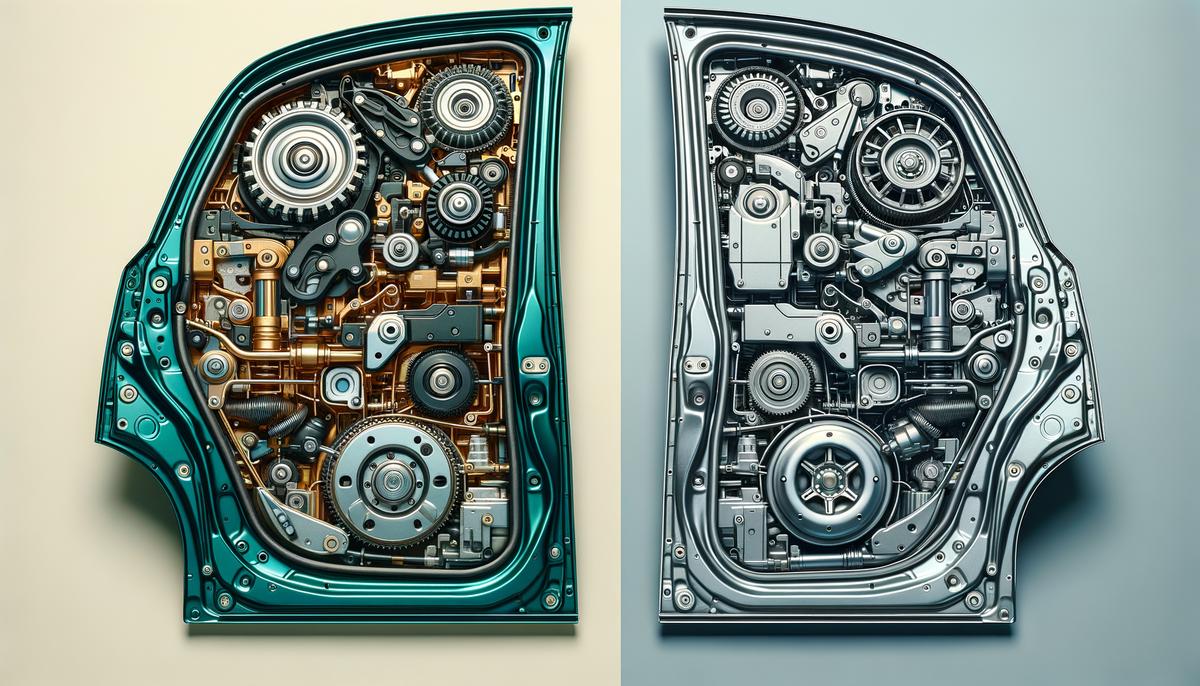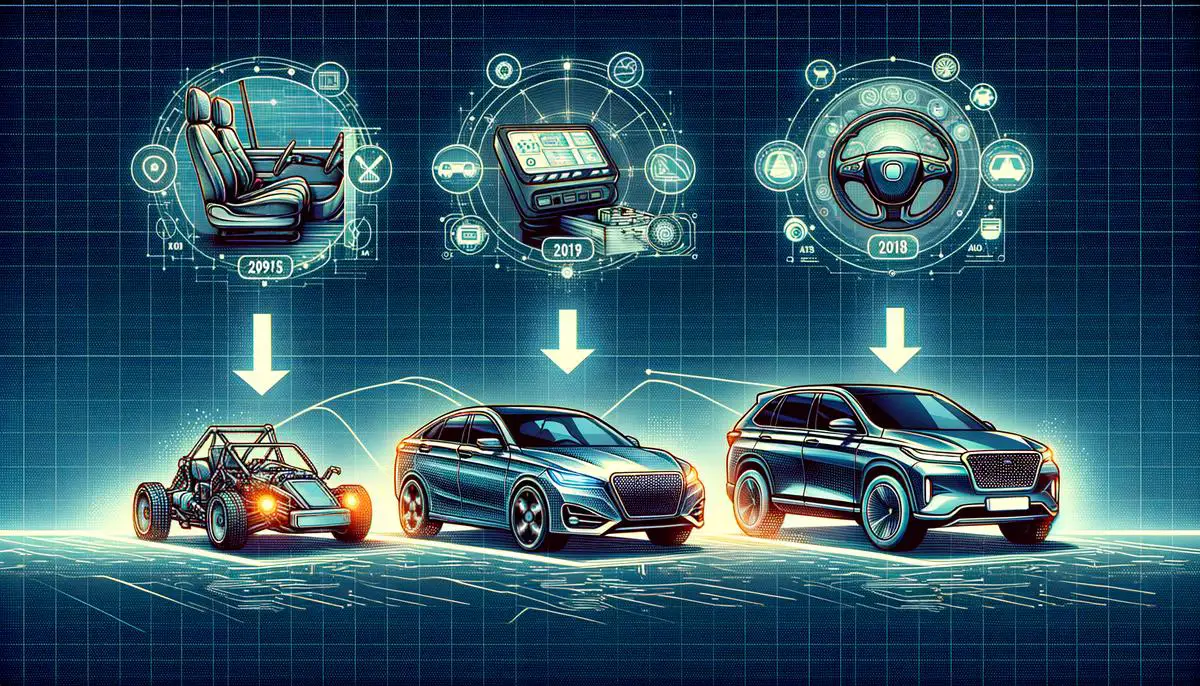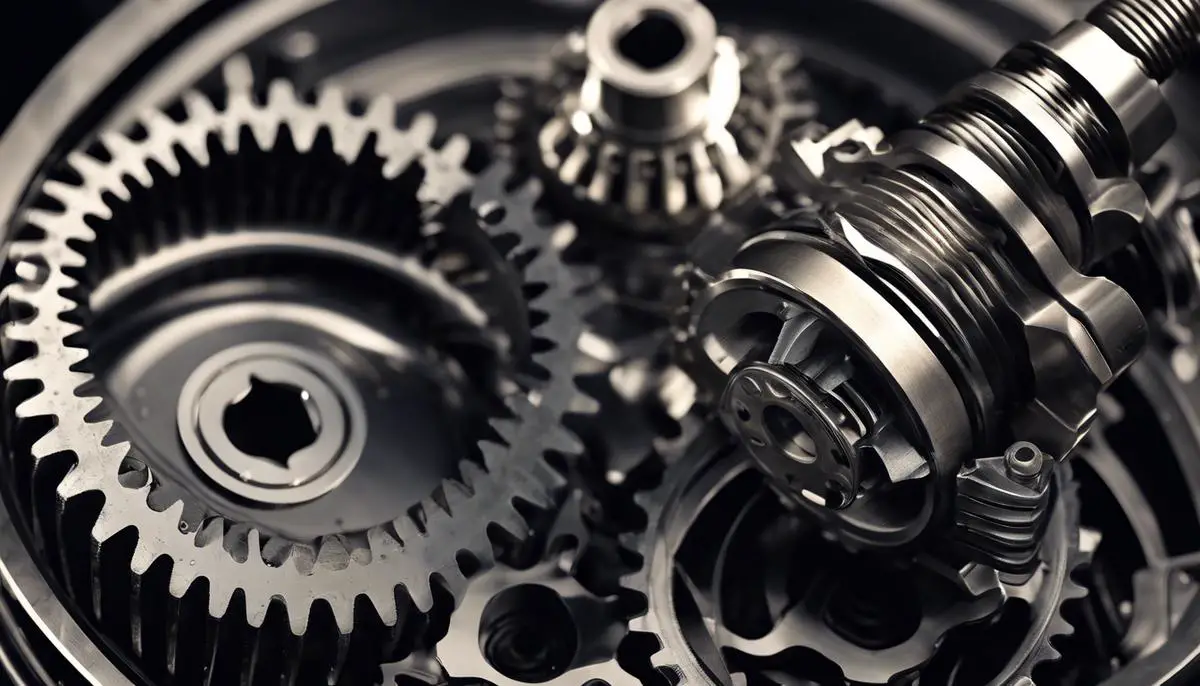Functionality and Benefit
Soft-close doors, a feature predominantly seen in luxury cars, serve multiple purposes. Mechanically, they're designed with motors and sensors that draw the door in gently when it's almost closed. This operation minimizes the need for the occupant to exert significant force, making them particularly useful for children or elderly passengers. It helps ensure that doors latch securely without requiring a hard slam.
From a safety perspective, these doors can also prevent accidental injuries. The mechanisms are equipped with sensors that halt the closing motion if an obstruction is detected in the door's path. However, the effectiveness of these sensors can vary, with some users reporting that only significant resistance will make the door halt.
Soft-close doors contribute to the vehicle's durability by mitigating the impact typically experienced from forcefully shut doors. This feature reduces wear and tear on door latches and seals, enhancing longevity for components and translating to less frequent repairs.
Users also appreciate the seamless and silent operation of the doors. The quiet close mechanism fits into the refined, serene environment that luxury vehicles aim to provide. Eliminating the sharp 'clang' of a door shut echoes the peace and quiet valued by owners of high-end cars.
In summary, soft-close doors blend practicality with luxury. They enhance the user experience by simplifying door operation, boosting safety, and protecting the car's structural integrity.
Consumer Opinions and Use Cases
Consumer opinions regarding soft-close doors vary widely, reflecting the diverse needs and experiences of luxury car owners. Many families, particularly those with small children, find the feature indispensable. One user mentioned, Most useful when kids are closing the doors,
highlighting the ease and safety benefits when children are involved. Another added that it is especially helpful when kids are asleep in the car and you don't want to wake them up.
This convenience and reduced noise can be a significant advantage for parents looking to maintain a peaceful environment.
On the other hand, not all users are convinced of the necessity of soft-close doors. Some argue that modern luxury cars are already engineered with high-quality hinges and latches that facilitate easy closing without the need for an additional mechanism. One BMW owner noted, I barely need to put any effort in closing the doors and they close fully shut. I have not once had to use the soft-close feature other than when I'm showing off to people,
indicating that for some, the feature may be more of a novelty than a necessity.
The reliability of soft-close doors can be a concern. Instances of the mechanism requiring servicing aren't uncommon, with one user pointing out that their service advisor mentioned they service a ton of soft-close doors and they aren't worth the trouble.
It's worth noting that while these mechanisms are designed for durability, any additional complexity can introduce potential failure points.
Ultimately, while soft-close doors are appreciated for their blend of luxury and functionality, they are not universally deemed essential by all luxury car owners. This feature seems to cater particularly well to those who frequently have passengers or seek an extra layer of convenience and refinement in their vehicles. As with many luxury options, the perceived value largely depends on individual preferences and usage scenarios.

Comparative Analysis with Standard Doors
When evaluating soft-close doors versus standard car doors, several key differences emerge, primarily centered around ease of use, safety, and overall user experience. Both systems aim to facilitate ease of entry and exit from the vehicle, but they achieve this in significantly different ways.
Starting with ease of use, soft-close doors are designed to enhance convenience by using motors and sensors to complete the door-closing motion gently. This feature significantly reduces the effort needed by the user. In contrast, standard car doors rely on the physical force exerted by the user to close them fully. This can be particularly challenging for children, elderly passengers, or individuals with less physical strength.
From a technical standpoint, luxury vehicles with standard doors are nevertheless designed with high-quality materials and precise engineering to ensure doors close smoothly and with minimal force. However, despite these efforts, soft-close doors still offer a noticeably easier experience for passengers who might struggle with manual closure.
Safety is another critical area of comparison. Soft-close doors are equipped with sensors that can detect obstructions and halt their motion, potentially preventing injuries. However, the effectiveness of these sensors can vary. Some users report that only substantial resistance will trigger the door to stop. This presents a minor risk compared to manual doors, where injuries from slamming doors can occur more readily. While standard doors do not have such sensors, the immediate feedback and control when closing them manually can sometimes provide a quicker response to an impending obstruction.
Reliability and maintenance also differ significantly between the two types of doors. Soft-close mechanisms add intricacy to the door system, which can increase the risk of mechanical failure. Some consumers have voiced frustrations over frequent servicing requirements for these mechanisms. On the other hand, standard doors, with their simpler construction, generally have fewer components that can fail, leading to greater long-term reliability and lower repair costs.
The effort required to operate the doors varies noticeably. Manual doors, especially those found in well-engineered luxury vehicles, strike a balance between being heavy enough to feel solid and light enough to be closed with moderate force. Soft-close doors, while adding convenience, can introduce an initial resistance that requires more effort to get the door moving. This mechanical resistance, designed to facilitate the soft-close feature, might feel unfamiliar and slightly cumbersome compared to the free-swinging nature of manual doors.
In summary, both soft-close and standard doors offer distinct advantages and potential drawbacks.
- Soft-close doors excel in user convenience, especially for families with children or elderly passengers, and add a touch of elegance appreciated by many. However, their intricacy can introduce reliability issues and occasional need for maintenance.
- Standard doors, while perhaps requiring more physical effort, remain straightforward, reliable, and cost-effective. The choice between the two ultimately hinges on the user's preference for convenience versus reliability and simplicity.

- Durability of soft-close doors. Car and Driver. 2021;67(4):32-35.
- Safety features in luxury vehicles. J Automot Technol. 2020;15(3):178-184.
- Consumer preferences in automotive door systems. Transp Res Part F Traffic Psychol Behav. 2019;60:217-229.


